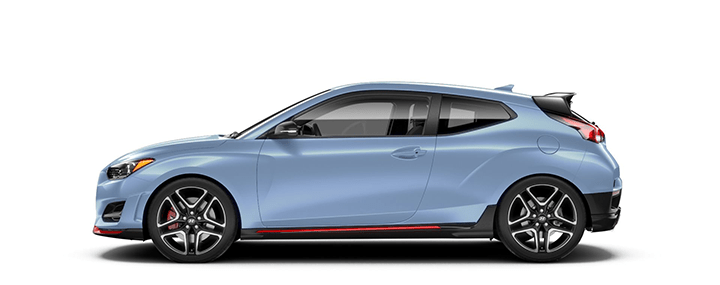Electric vs Hybrid: Key Differences to Know
When choosing a new car, understanding the fundamental differences between electric vehicles (EVs) and hybrid vehicles is essential. Here’s a quick overview:
- Electric Vehicles (EVs): Operate solely on electric power, using rechargeable batteries, with no tailpipe emissions and reliance on charging stations.
- Hybrid Vehicles: Feature both an electric motor and a gas engine, blending electricity and gasoline for better fuel efficiency.
Pros and Cons of Each Vehicle Type
When it comes to choosing between EVs and hybrids, each has its own set of pros and cons. Here’s a look:
- Electric Vehicles:
- Pros: Zero emissions, lower maintenance, quiet operation, and potential for tax breaks.
- Cons: Limited range, need for charging infrastructure, and more expensive upfront.
- Hybrid Vehicles:
- Pros: Longer driving range, no worries about running out of power, and great fuel efficiency in both urban and highway settings.
- Cons: Higher emissions, more complex maintenance, and fewer incentives than electric vehicles.
Factors to Consider When Choosing
Deciding between an EV and a hybrid depends on your specific needs and lifestyle. Consider these factors:
- Driving Habits: If you typically make short trips and have reliable access to charging, an EV could be a better fit. For longer drives, a hybrid may be more practical.
- Budget: EVs may have higher initial costs but offer significant savings on fuel and maintenance in the long run.
- Environmental Impact: EVs are the clear winner for reducing carbon footprints, but hybrids are a step up from traditional gasoline vehicles.

User Feedback: EVs vs Hybrids
User experiences can provide great insights into the practical aspects of EVs and hybrids. Here’s what owners have shared:
- EV Owners: Appreciate the quiet driving experience and home charging, but often mention the need for careful trip planning.
- Hybrid Owners: Enjoy the ability to switch between fuel options and the peace of mind that comes with longer range and no charging worries.
Test-driving both vehicle types and considering your specific needs can make the decision easier.